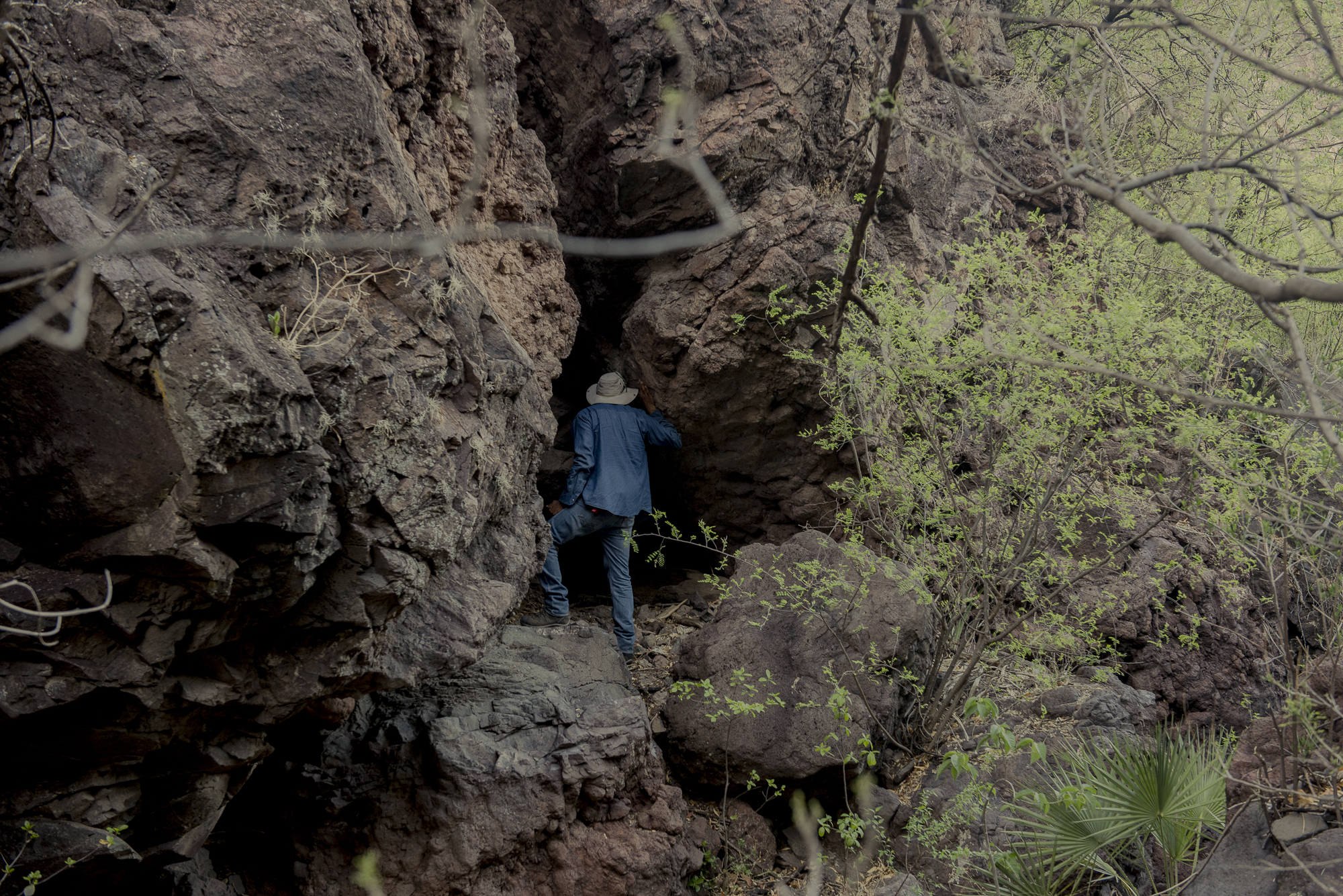
Jaguars who wander beyond the Northern Jaguar Reserve find refuge on adjacent ranches through our Viviendo con Felinos ® program. Since 2007, we have worked with ranchers in this buffer zone, easing tensions and hostilities that have persisted for generations.

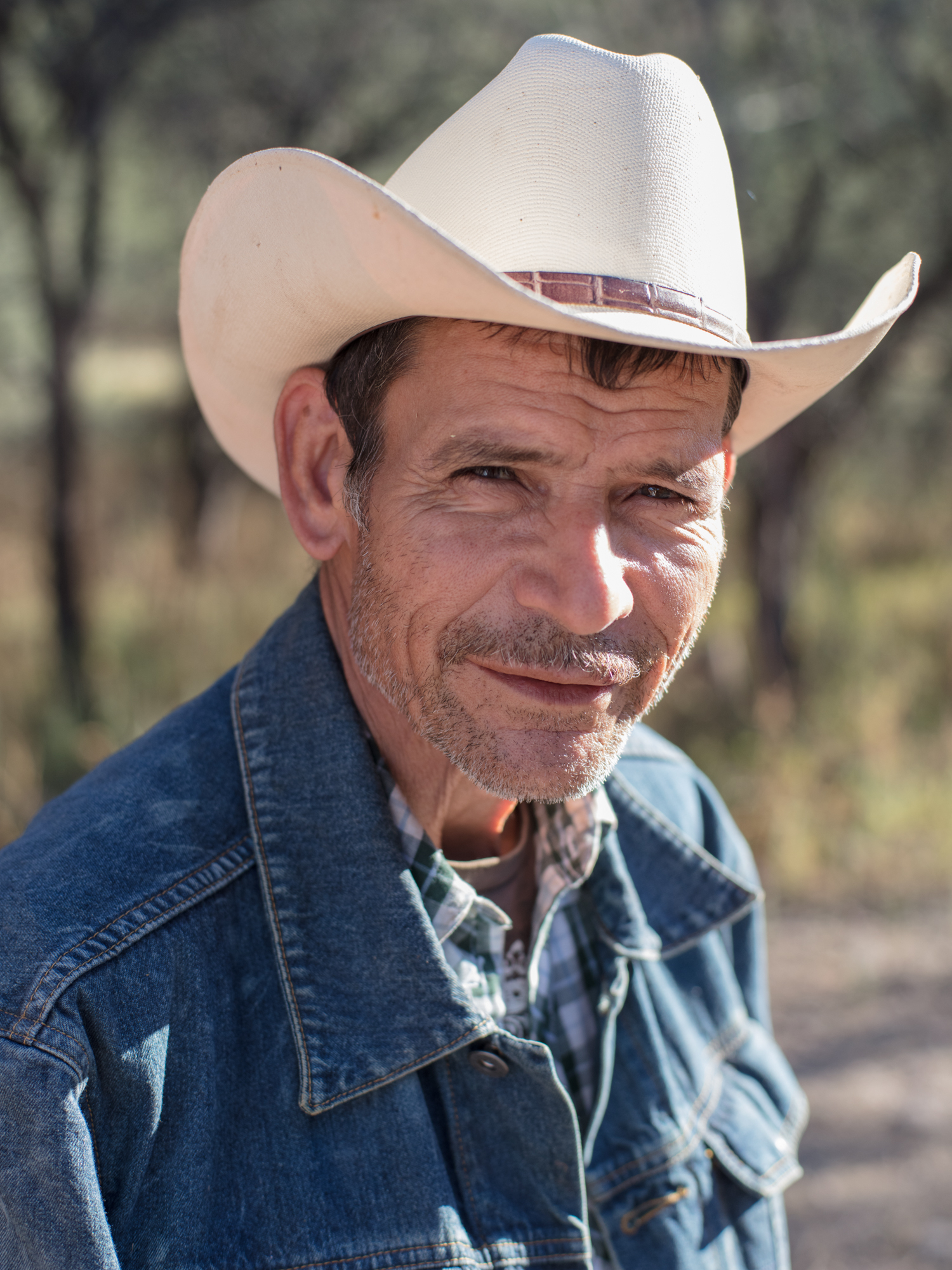

Participating ranchers sign contracts not to hunt, poison, bait, trap, or disturb wildlife, including the area’s four felines – bobcat, ocelot, mountain lion, and jaguar – and the deer and javelina they prey on. We place motion-triggered cameras on their properties, and they receive monetary awards for feline photographs.
Cats kept alive can lead to repeat photos and increased economic benefits.



Ranchers and their vaqueros are invited to accompany our field team to select camera locations, retrieve images, and share any signs of wildlife they have observed. We also make unannounced visits to monitor for poaching or poison use.
This is an exchange that has proven to support the conservation of wild carnivores. We engage a widening base of ranchers, and we have made a long-term commitment to strengthen these relationships from a place of collaboration and problem solving.
“We can achieve a balance between ranching and the preservation of native species.
Jaguars and ranchers will walk together.”
– One of the Viviendo con Felinos ® ranchers

ECOLOGICAL BALANCE
One of the Viviendo con Felinos ® ranchers changed his stance on living with felines with time. He realized protecting wildlife could create ecological balance and that if prey species were abundant, the cats might prefer deer and javelina over his cattle. He became our friend and advocate in the community as he saw depredations on his ranch decrease.
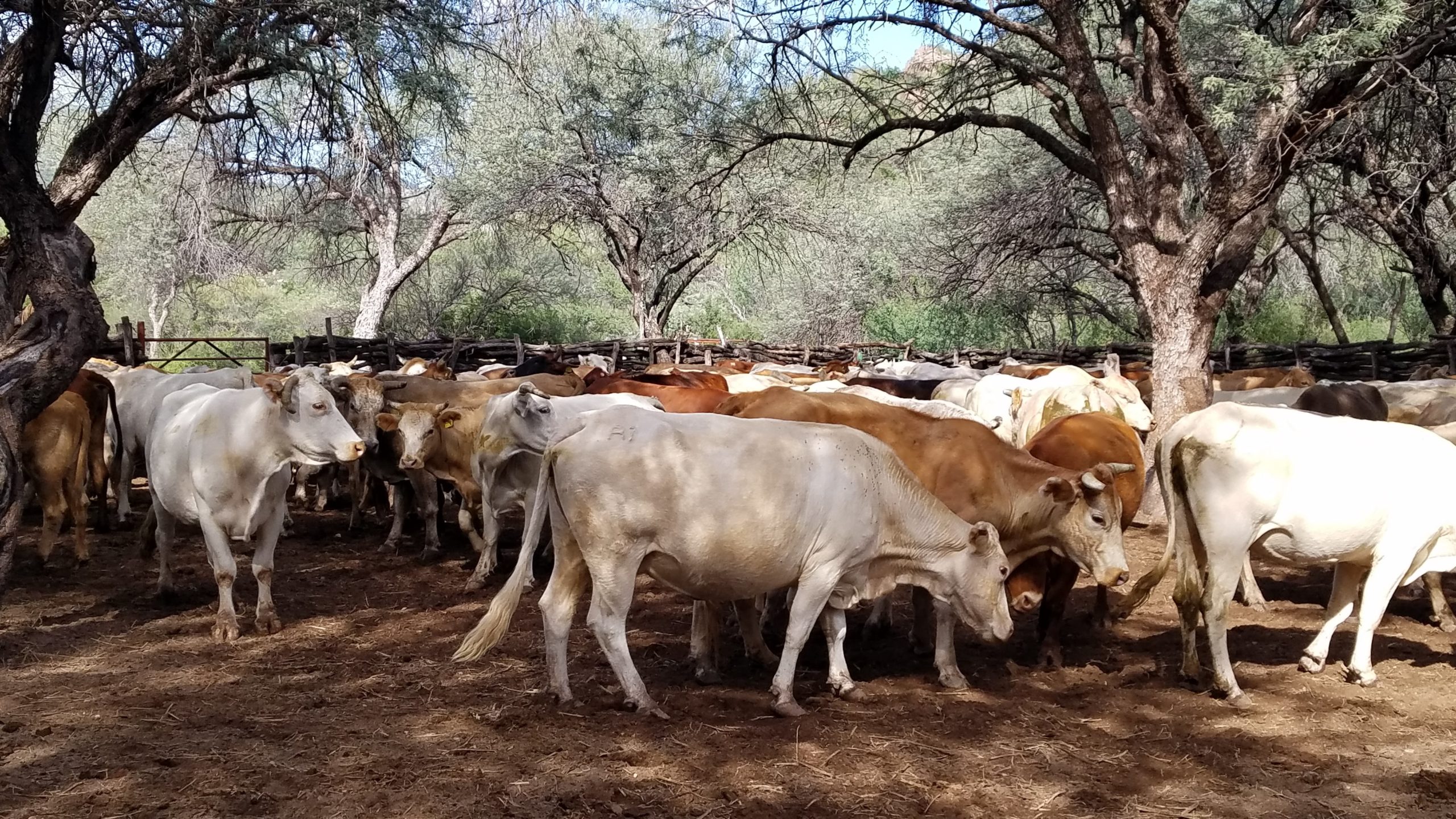
HUMAN-WILDLIFE COEXISTENCE
In the project’s early years, a rancher delayed joining Viviendo con Felinos ® because he thought we would be secretly importing jaguars onto the reserve. The rancher feared the consequences for his cattle. Yet with minimal livestock losses, he eventually decided coexistence was possible. His ranch documented 11 different jaguars in the ensuing years.

CONFLICT AVOIDANCE
The owner of a Viviendo con Felinos ® ranch appreciated learning about the areas frequented by felines and moved his cattle elsewhere to avoid conflict. He shared his positive experience with a neighbor who had anti-carnivore sentiments. Today, that neighbor is enrolled and believes we are improving local perceptions about big cats.

REAL-LIFE IMPACTS
An impactful moment came when a Viviendo con Felinos ® rancher commented on how the income from multiple jaguar photos including a mother and cub, combined with low cattle depredation on his property, meant he would not have to travel north to look for work on U.S. pipelines. Instead, he could stay home with his family.
Ranchers create personal connections by naming the jaguars first seen on their properties. Some of them name the cats after their children; others match the date of the photo with the calendar of saints. Three jaguars – Doña Eduarda, Don Julio, and Don Pablo – have been given this honorific prefix to show respect. One rancher was so proud to have a mother and cub on his property, he named the young jaguar after his own nickname: El Chetuviri.
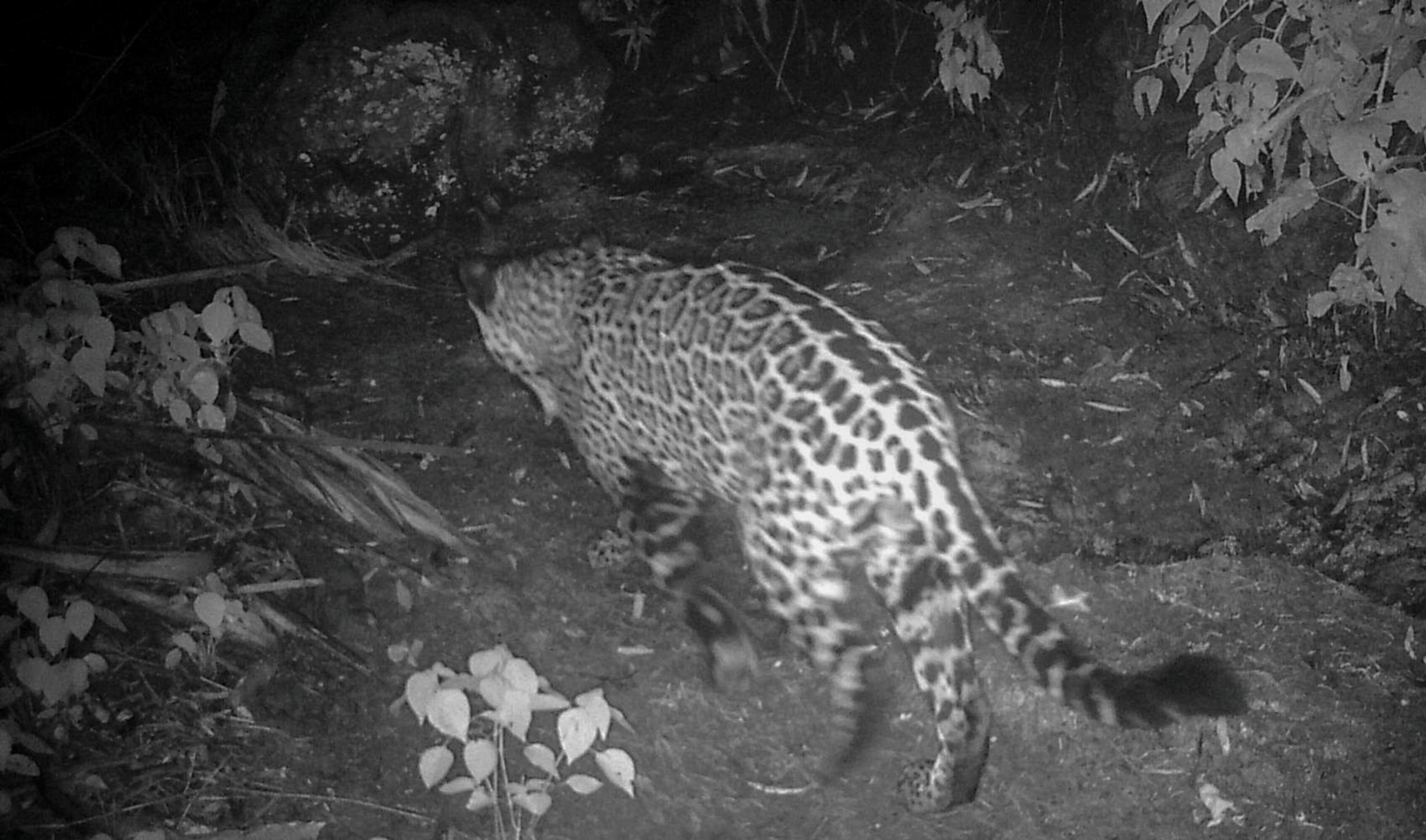
Don Pablo on a Viviendo con Felinos ranch, 2019
Over the years, we have cumulatively provided more than $6 million pesos for the ranchers’ feline photographs. Based on the amount we annually pay for feline photo awards, it would take 100 years to purchase the acreage currently protected through Viviendo con Felinos ®.
PHOTO AWARD GUIDELINES

One award per species within a 24-hour period, unless there is no doubt of distinct individuals.
When multiple felines appear, the photo earns a corresponding number of awards.
The upper limit for photo awards is $20,000 pesos in a single month.
No payments are made for “evidence” of felines other than photographs.


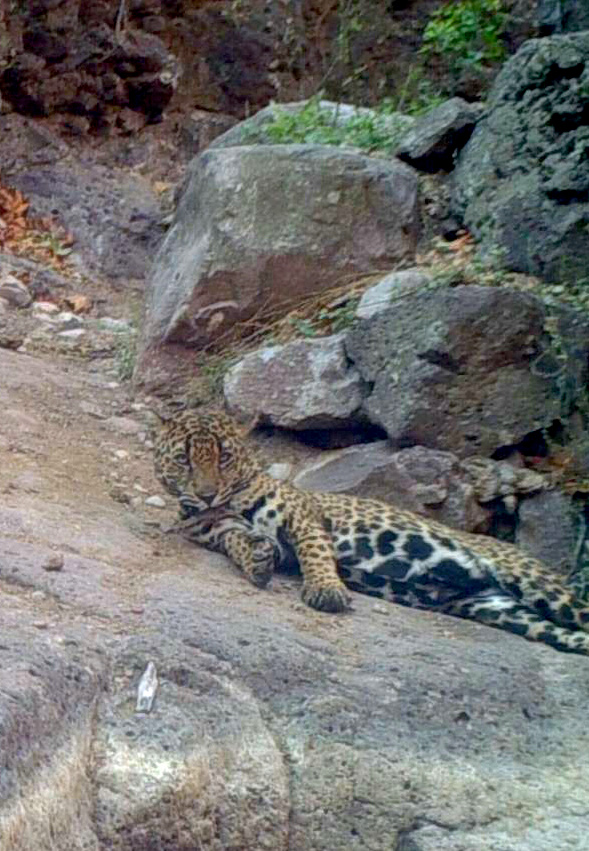
“You may never change my dad’s mind, but you have changed mine. The next generation of cattleman will be conservation minded; we need organizations like yours to help us.”
– Son of a rancher not enrolled in Viviendo con Felinos ®
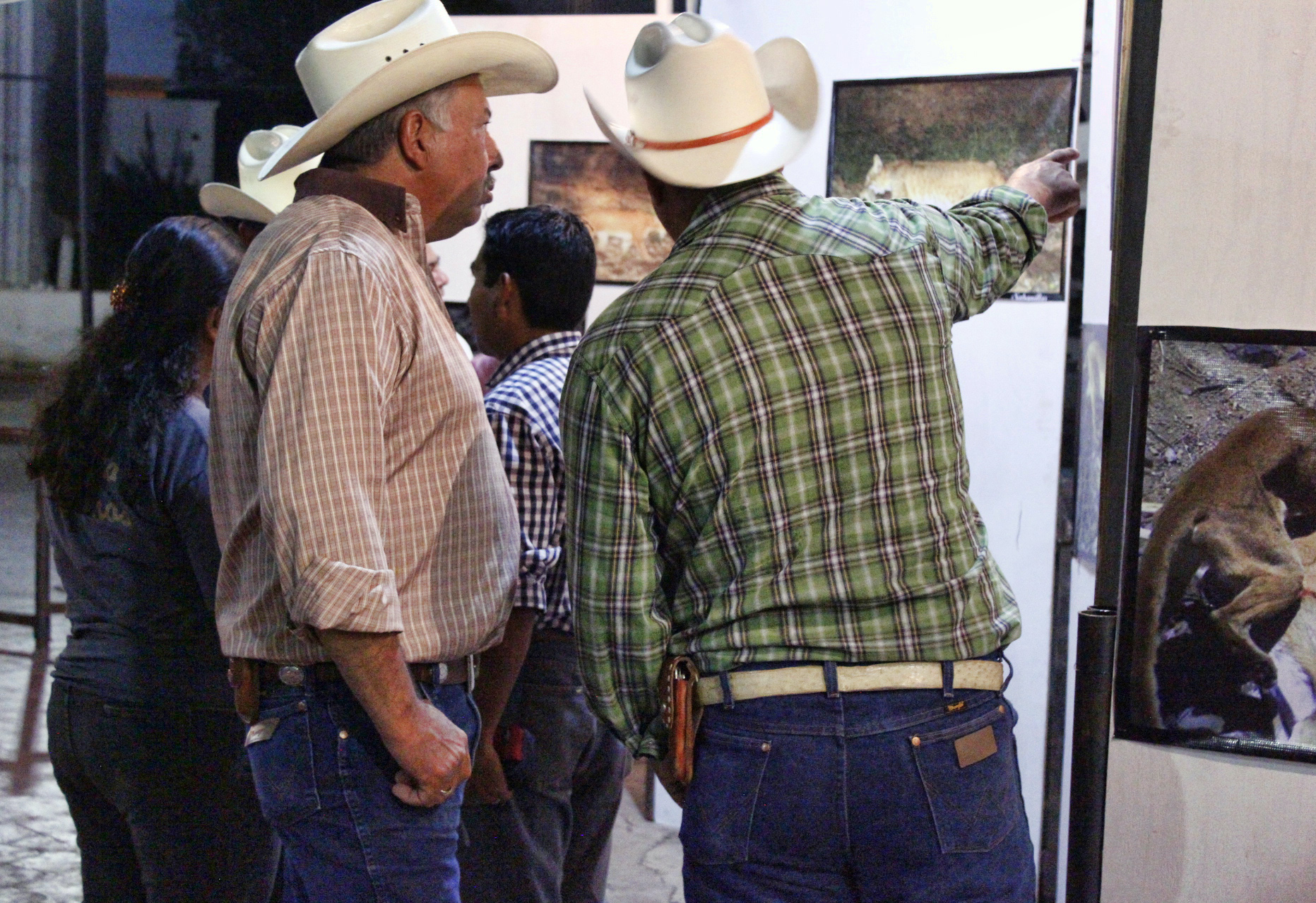
We honor the Viviendo con Felinos ® ranchers each year with a festive community-wide celebration that displays a “best of” selection of photos
Every rancher has been challenged by unprecedented and prolonged drought. We assist with water infrastructure and restoration projects, expanding the network of gabions and other earthworks to slow stream flow, curb erosion, stabilize soils, and help re-vegetate habitat. For ranchers concerned with depredation, we provide site visits to discuss strategies to minimize human-wildlife conflict.

The Viviendo con Felinos ® ranchers self-organized to form Ranchos Vecinos de la Reserva del Jaguar del Norte, A.C., a group that highlights the need to develop management practices in alignment with conservation. Ranchos Vecinos shows that our neighbors are becoming increasingly predator tolerant and embracing the reserve as part of the community.

OBSERVATIONS
• Developing relationships and tolerance takes time and patience
• Need to make sure participating ranchers feel well-supported
• Awards help sustain day-to-day needs, especially during dry months
• Ranchers are eager for trainings and practical solutions to reduce cattle losses
• Importance of investing in local conservation employment opportunities
• No incidents of jaguar poaching on participating ranches
When one of the Viviendo con Felinos ® ranchers heard that a vaquero saw two jaguars disappear into a secluded cave, he asked us to place a camera at the site. Dramatic clues pointed the way: a cat-scratched fallen palm tree, an old-growth palo santo slashed by feline claws, and a musky odor impossible to miss.
Near the cave, a jaguar-munched javelina skull greeted us, adding to the hair-raising stillness in the air. Bones were scattered in the leaf litter, just outside the entrance, and pulled into the cave’s dark chambers. Everything about this place felt sacred.
The vaquero, Tito, had more than a fleeting glimpse of these jaguars. His heart beat fast with excitement as he watched them. In all the years he worked as a vaquero, Tito had never seen a jaguar. When vaqueros from neighboring ranches gathered to hear him recount this experience, they admired his good fortune.


Near the cave, a jaguar-munched javelina skull greeted us, adding to the hair-raising stillness in the air. Bones were scattered in the leaf litter, just outside the entrance, and pulled into the cave’s dark chambers. Everything about this place felt sacred.
The vaquero, Tito, had more than a fleeting glimpse of these jaguars. His heart beat fast with excitement as he watched them. In all the years he worked as a vaquero, Tito had never seen a jaguar. When vaqueros from neighboring ranches gathered to hear him recount this experience, they admired his good fortune.

Prior to Viviendo con Felinos ®, a ranch owner would have instructed vaqueros to kill the jaguars on sight. Today, ranchers and vaqueros are eager to contribute to their survival. These reactions illustrate the value of Viviendo con Felinos ® to write a new conservation-oriented narrative, where people’s hearts are changing and cats are finding safe places to thrive.
Photos: Brendon Kahn, Mikal Jakubal, George Etheredge, Roy Horan, Margarita Morales




